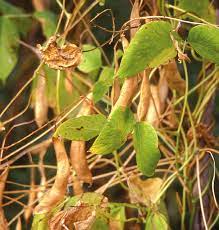
Fasol de Lago
The bean called “Fasol de Lago” is a cannellino type bean, with a light hazelnut color. The plant is “stringy” and reaches lengths between 2 and 3 meters. For its delicate taste and tender skin, it is sought after for preparing soups, soups and stews, as well as traditional dishes and salads. The Fasol de Lago is locally called ‘Mama Alta’ or ‘Bonel’. It is produced in the municipalities of Cison Valmarino, Follina, Miane, Revine Lago and Tarzo.
Fasol del Lago has been recognized as a “Traditional food product” by the Veneto Region.
In the Valley, beans are documented since the 18th century and are among the protagonists of the nourishment of the inhabitants of the area. Some ancient popular sayings such as “fasoi e fioi” or “al fasol l’è the meat of poarets” say a lot about the usefulness of this legume.
The “Fasol de Lago” had its greatest diffusion between the nineteenth century and the middle of the last century. The story goes that the inhabitants of Lago, a fraction of the municipality of Revine-Lago were called “fasioi de Lago” for the large production of a particular type of bean that they cultivated and that was used, as well as for local sustenance, also to be exported throughout the Treviso and Belluno area with good earnings in money or by bartering it for other goods of various kinds. Many books of local history and geography attest to the existence of large bean crops in the Lake area, supporting the research on the native seed of the “Pasiol de Lago”.
The sowing of the beans in Vallata takes place in early May. Towards the end of the summer the seedlings will have reached maturity, they will then move on to harvesting and storage in covered and ventilated areas, so as to facilitate the complete drying of the product. The last stage of processing is the ginning carried out both manually and with the appropriate machine. Fasol de Lago is gaining many admirers for its organoleptic qualities and for its versatility in the preparation of exquisite dishes.




